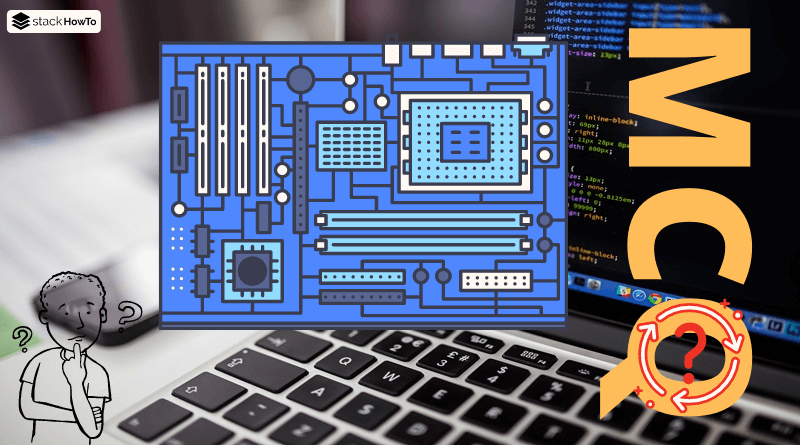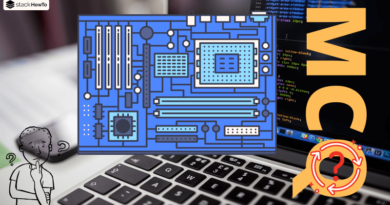Computer Architecture MCQ Questions with Answers – Part 6
Computer architecture MCQ questions and answers for the preparation of tests, exams, and certifications. So you will find questions about different types of registers in the computer, random access memory (RAM), main memory, memory instructions, arithmetic, and logic unit, and much more. This systematic learning method will easily prepare anyone to pass their exam.
1. The register that keeps track of the program instructions stored in memory is _____?
A Control register
B Ordinal counter
C State register
D Direct Register
2. In the case where there is only one memory operand, and when a second operand is needed, as in the case of an Add instruction, we use a processor register called _____?
A accumulator
B register
C operand
D source
3. The data exchange between the primary memory and the CPU register takes place via two registers, namely. _____?
A general purpose register and MDR
B accumulator and ordinal counter
C MAR and MDR
D MAR and accumulator
4. Instructions that cause data to be transferred from one location to another without changing the content of the binary information are _____?
A Data transfer instruction
B Data manipulation instruction
C Program control instruction
D All the answers are true
5. The data coding for the exchange of information between the terminals is _____?
A EBCDIC
B BCD
C ASCII
D All the answers are true
6. SIMD means _______?
A Single Instruction, Multiple Data
B Single Instruction, Minimum Data
C Single Instruction, Media Data
D Multiple Instruction, Single Data
7. The NOR function is the complement of _______?
A AND
B OR
C NAND
D NOT
8. _______ is a digital circuit that performs the inverse operation of decoding.
A multiplexor
B adder
C subtractor
D encoder
9. Pipelining increases ________ of the processor instructions.
A efficiency
B latency
C the flow rate
D Both A and C are true.
10. The _______ is a program that starts the computer’s system as soon as it is turned on.
A Bootstrap loader
B Multi programming
C Loader
D None of the above



